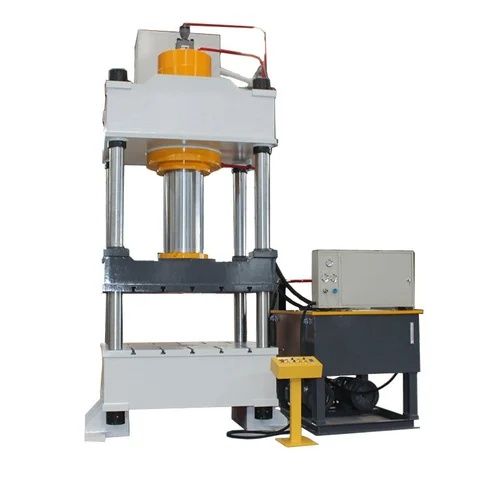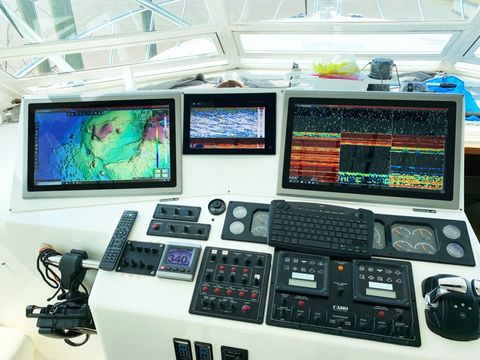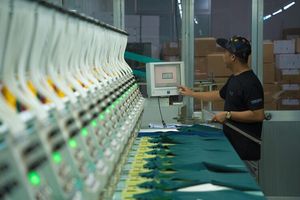Explore Hydraulic Press Machines: Tips, Resources, and Suggestions for Precision Manufacturing
Hydraulic press machines are essential tools in modern manufacturing, known for their ability to apply consistent pressure for shaping, molding, and compressing materials. They operate based on Pascal’s Law the principle that pressure applied to a confined fluid is transmitted equally in all directions. This makes them highly efficient for precision operations such as metal forming, forging, and assembly.
Today, hydraulic presses are used across various industries including automotive, aerospace, construction, and electronics. From small bench-top models to massive industrial systems, these machines have evolved into indispensable tools for high-quality and high-accuracy production.
Why Hydraulic Press Machines Matter
Precision manufacturing relies heavily on consistent performance, and hydraulic press systems deliver that reliability. Their ability to handle variable loads with controlled pressure makes them ideal for producing components that require exact tolerances.
Key benefits include:
- Accuracy: Hydraulic systems can maintain uniform pressure throughout the stroke, ensuring dimensional accuracy.
- Versatility: Suitable for multiple processes — from compression molding and punching to deep drawing.
- Energy Efficiency: Modern hydraulic presses use smart control systems to optimize power consumption.
- Safety Enhancements: Advanced models integrate safety interlocks, sensors, and automated shut-off mechanisms.
Industries such as automotive manufacturing, appliance production, and metal fabrication rely on hydraulic presses for components like car body panels, brake pads, and structural beams.
The growing demand for lightweight materials and precision-engineered parts is increasing the importance of these systems in 2025 and beyond.
Recent Updates and Trends in Hydraulic Press Machines
Hydraulic press technology has seen several innovations over the past year, with manufacturers focusing on automation, digital monitoring, and sustainability.
Recent trends include:
- Integration with Industry 4.0: Hydraulic press machines are now equipped with IoT sensors and cloud-based monitoring, allowing real-time performance analysis.
- Energy-Efficient Designs (2024–2025): The introduction of variable-speed pumps and hybrid systems has reduced energy consumption by up to 50%.
- Smart Control Interfaces: Touchscreen systems and AI-driven predictive maintenance features are being widely adopted.
- Eco-Friendly Hydraulic Fluids: New biodegradable oils and fluids are replacing traditional petroleum-based ones to reduce environmental impact.
Example: In 2024, several leading manufacturers introduced servo-hydraulic presses combining the efficiency of servo motors with the power of hydraulic systems — offering better precision and reduced maintenance.
Regulations, Standards, and Safety Policies
Hydraulic press machines are subject to strict safety and environmental regulations worldwide. In countries like the United States, OSHA (Occupational Safety and Health Administration) enforces compliance with 29 CFR 1910.212 and 29 CFR 1910.217, covering general machine guarding and power press operations.
In the European Union, CE certification is mandatory under the Machinery Directive 2006/42/EC, ensuring equipment safety standards.
Other relevant policies include:
- ISO 16092-3: Specifies technical safety requirements for hydraulic presses.
- Hydraulic Oil Disposal Laws: Many countries regulate fluid disposal under environmental protection acts to prevent contamination.
- India’s Factory Act (Updated 2023): Mandates safety guards and regular inspection of hydraulic machinery.
These frameworks aim to prevent workplace accidents, protect the environment, and ensure consistent quality in industrial production.
Tools and Resources for Hydraulic Press Users
Professionals and engineers can access a range of tools and resources to enhance performance, maintenance, and learning.
Recommended online resources:
| Category | Tools & Platforms | Description |
|---|---|---|
| Design & Simulation | Autodesk Inventor, SolidWorks Simulation | For modeling and simulating hydraulic press structures |
| Pressure & Force Calculators | EngineeringToolBox, Omnicalculator | To calculate hydraulic pressure, force, and area |
| Maintenance & Monitoring | Bosch Rexroth CytroConnect, Parker IQAN | For predictive maintenance and system diagnostics |
| Learning Platforms | Coursera (Hydraulics Basics), LinkedIn Learning | Courses on hydraulic system design and operation |
| Industry Associations | NFPA (National Fluid Power Association), ISO | For safety standards and regulatory updates |
These resources help technicians, engineers, and students improve knowledge, maintain safety, and optimize operations in hydraulic systems.
Frequently Asked Questions
1. What is the main purpose of a hydraulic press machine?
A hydraulic press uses fluid pressure to compress, mold, or shape materials. It converts small hydraulic force into a much larger mechanical force, enabling precision forming of metals, plastics, and composites.
2. How is a hydraulic press different from a mechanical press?
While mechanical presses use mechanical flywheels for power, hydraulic presses rely on fluid pressure. This allows better control, uniform pressure application, and adaptability for various operations.
3. What industries commonly use hydraulic presses?
They are widely used in automotive, aerospace, appliance manufacturing, construction, and electronics industries for forming, molding, stamping, and joining components.
4. How often should hydraulic press machines be maintained?
Routine maintenance, including oil inspection, filter replacement, and leak checks, should be done monthly or quarterly depending on usage. Predictive monitoring tools can further reduce downtime.
5. Are there eco-friendly hydraulic press options available?
Yes. Many modern systems now use energy-efficient pumps and biodegradable hydraulic fluids, helping reduce power usage and environmental impact.
Key Insights and Practical Tips
- Optimize Pressure Settings: Adjust pressure levels according to material thickness and hardness to prevent deformation.
- Use Certified Fluids: Always select fluids that meet manufacturer and ISO standards to maintain performance.
- Monitor Oil Temperature: Overheating can affect efficiency and damage seals.
- Regular Calibration: Ensures accuracy and safety during repetitive operations.
- Follow Safety Labels: Use machine guards and personal protective equipment to comply with workplace safety laws.
Conclusion
Hydraulic press machines continue to shape the future of precision manufacturing through their adaptability, power, and control. As industries transition toward smart, energy-efficient production, these systems are becoming even more vital.
By staying updated on the latest trends, adhering to global standards, and leveraging modern tools, manufacturers can improve accuracy, sustainability, and safety.
For professionals and students alike, understanding hydraulic press fundamentals is an important step toward mastering modern manufacturing technology — a foundation for innovation and efficiency in the years ahead.





